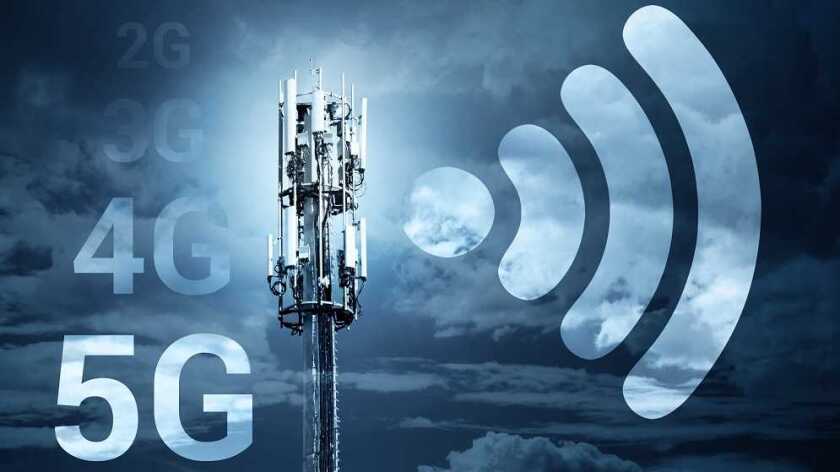Rogers will continue this roll out to other parts of the country including, Edmonton, Montreal, Ottawa, Toronto and Vancouver and various rural areas, with additional regions to follow according to the ISED timetable.
“As the country’s biggest investor in 5G spectrum and the first to launch 3500MHz, we are excited to expand Canada’s largest and most reliable networking to more families, businesses and communities through the deployment of our 3500MHz spectrum,” said Tony Staffieri, president and CEO, Rogers Communications.
“Today’s deployment builds on our foundational 5G investment in low-band 600MHz spectrum, so we can usher in a new era of mobile and fixed wireless broadband that will create jobs, fuel innovation and keep our economy competitive.”
3500MHz spectrum will give Rogers customers faster speeds, range, capacity and improved response and download times. It will also enable Rogers to develop, alongside its partners, new consumer use cases in support of immersive 5G experiences.
The company has already tested a hockey Augmented Reality Immersive in-venue fan experience using its 5G 3500MHz network in partnership with AWS Outpost Mobile Edge Computing (MEC), Ericsson, Immersiv.io, MLSE and the National Hockey League (NHL).
“We're ready to take Canada’s largest and most reliable 5G network even further with the deployment of our 3500MHz spectrum assets, leveraging the full capabilities of the technology to bring Canadians the best mobile experience wherever they may be,” said Jorge Fernandes, chief technology officer, Rogers Communications.
"The speed and capacity of 5G, coupled with our rapidly expanding network footprints, offers endless possibilities for consumers and business users, from smart homes, vehicles and cities, to augmented reality and machine learning and we're eager to deliver these benefits to Canadians no matter where they may live."
Other use cases include network slicing in the healthcare sector, for example, remote diagnostic capabilities that will provide real time images and X-rays to health care providers enroute to health centres in ambulances.
In addition, using 5G MEC port authorities can remotely control autonomous haulage vehicles in real-time to improve safety.






